Retinol has been one of skincare’s longest buzzwords, and unlike many other fads, the retinol benefits are backed by science, living up to the hype.
It’s on every dermatologist’s top shelf and has been added to many skincare serums because of its reputation as one of the best skin care products you can have. The numerous retinol benefits have made it a staple in anti-ageing routines.
This article details how retinol works, which specific benefits it offers your skin, and how to use retinol safely if you’re looking for more youthful results. We’ll explore the full range of retinol benefits, from reducing fine lines to improving skin texture.
Keep reading to learn more about this essential ingredient in skincare, discover the retinol benefits that could transform your complexion, and determine whether it’s right for you.
What Is Retinol?
To understand what retinol is, it’s important to know that retinol is a type of retinoid.
Retinoids are an umbrella term for a series of active ingredients with different strengths. Retinol is an over-the-counter version of prescription-strength tretinoin, also known as retinoic acid.
YOU MIGHT LIKE THESE TOO:
- 5 DIY Face Masks For Glowing Skin
- Could Argan Oil Be The Key To Getting Rid Of Stretch Marks For Good?
- The 10-Step Korean Skincare Routine: Your Guide to Achieving Radiant, Glowing Skin
The hierarchy of retinoids in terms of strength begins with retinyl palmitate as the weakest, then retinol, retinal, granactive retinoid, adapalene, retinoic acid and finally tazarotene, the last two are the strongest which are prescription grades says Dr Sam Bunting, a London-based Cosmetic dermatologist.
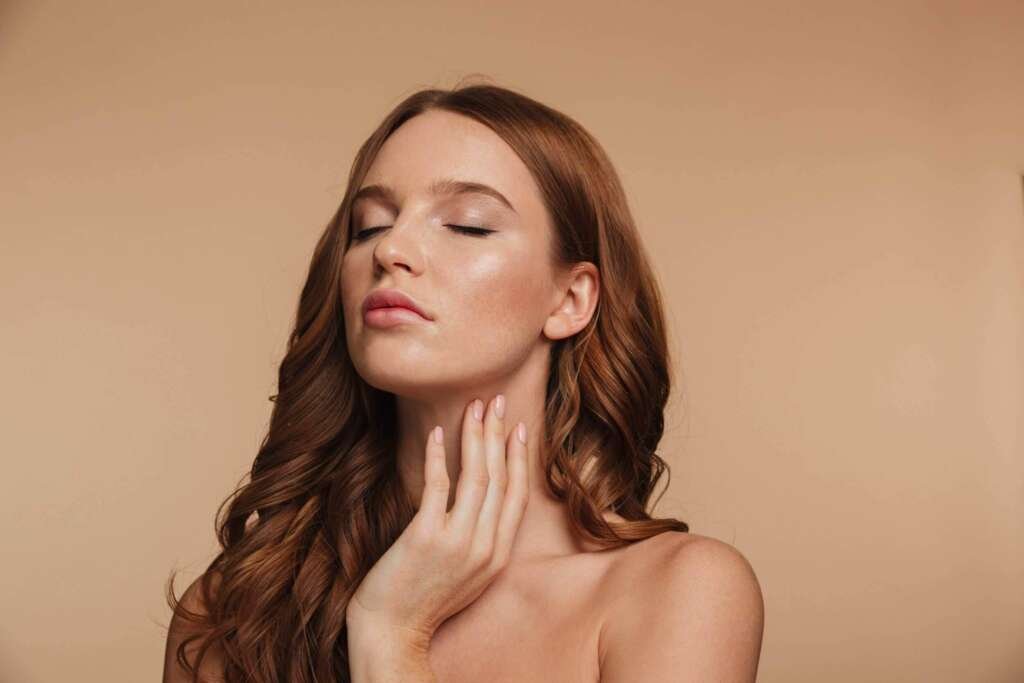
Of course, most of us are only really familiar with retinol which can pretty much be found in any beauty supply shop.
Retinol is a gentle but effective derivative of vitamin A. It is “mostly found in animal foods like whole milk, oily fish and liver, retinol helps your body form and maintain healthy skin, plays a role in regulating the immune system and can even protect against infection,” says Stefani Sassos, M.S., R.D., Registered Dietitian for the Good Housekeeping Institute.
In skincare, it can be topically applied to the skin through:
Creams
Gels
Lotions
Ointment
Serums
How Does Retinol Work & What Are The Benefits?

Retinol is made of small molecules that go beneath the outer layer of skin (epidermis) to the middle layer to unclog pores and boost collagen production dubbed the “plumping” effect.
According to Healthline, the main benefits of retinol are:
Reduce fine lines
Minimise enlarged pores
Fading melasma and other types of hyperpigmentation
Uneven skin tone
According to a study, “Retinol stimulates fibroblasts to synthesize collagen fibres (stimulates the activity of fibroblasts and increases their number), improves skin elasticity (removes degenerated elastin fibres) and promotes angiogenesis”.
So what are all the skin issues that this helps I hear you ask?
Here’s a full list of all the benefits of retinol for the skin:
Removes Dark Spots — Retinol stimulates new blood vessels in the skin which helps to reduce pigmentation. Additionally, age spots will fade and rough patches will be softened.
Improves Sun Damage — By increasing collagen production and encouraging epidermal cell turnover, retinol encourages damaged skin cells to repair themselves.
Smooths fine lines and wrinkles — Over time, the collagen production stimulated by retinol works effectively to reduce wrinkles and sagging. When retinol is used regularly, wrinkles are seen to improve within 3 to 6 months, but for best results, it takes around 6 to 12 months.
Treat Acne — Retinol (Tretinoin A.K.A Retinoic Acid in particular) has long been talked up by dermatologists as the “gold standard” in the treatment of acne. As it unclogs pores, retinol helps to clear skin and prevent further breakouts.
Improving skin texture — By encouraging the shedding of dead skin cells and promoting cell regeneration, retinol smoothens skin texture, making it softer and more supple. It can help to minimise the appearance of pores and rough patches, giving the skin a refined, polished look.
Versed Press Restart Gentle Retinol Serum
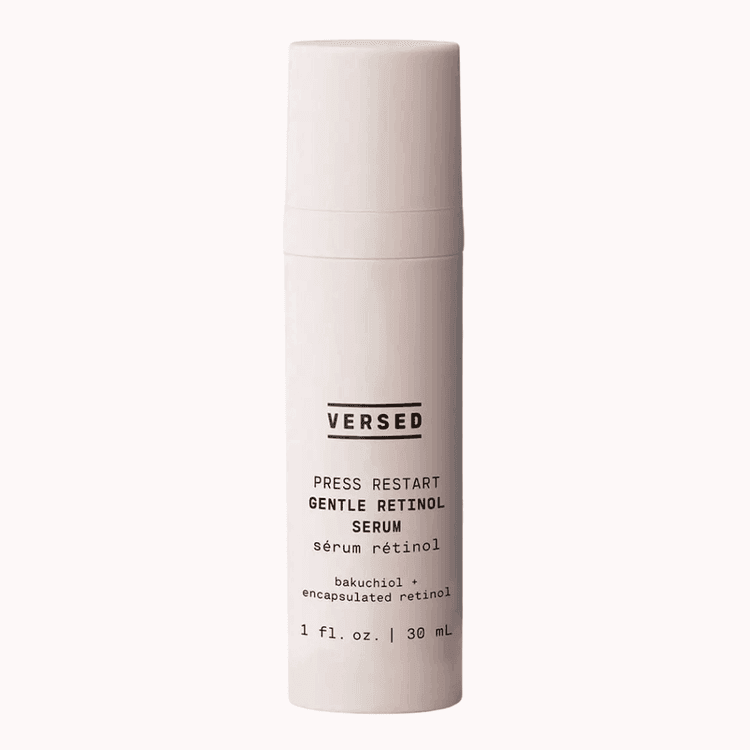
Drunk Elephant A-Passioni Retinol Cream
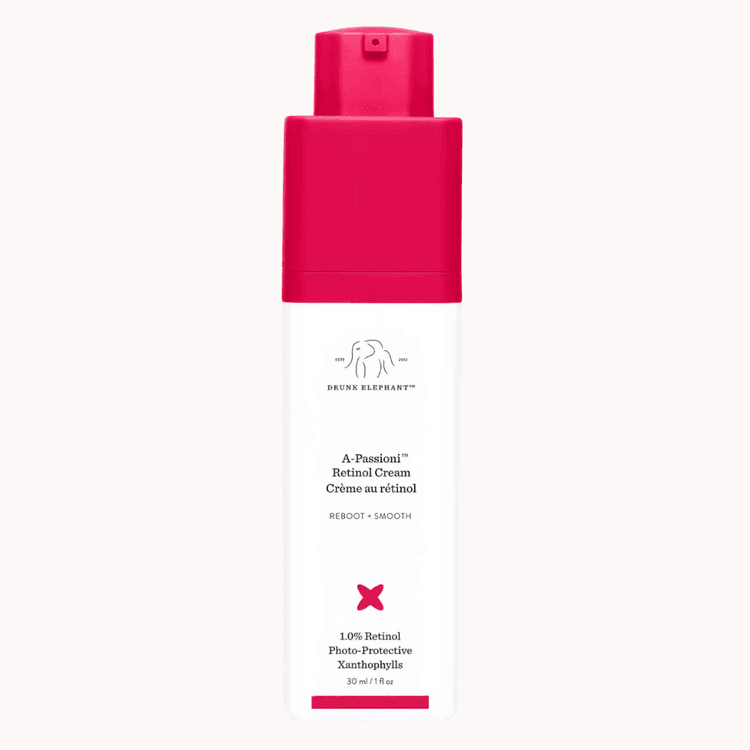
Murad Resurgence Retinol Youth Renewal Serum
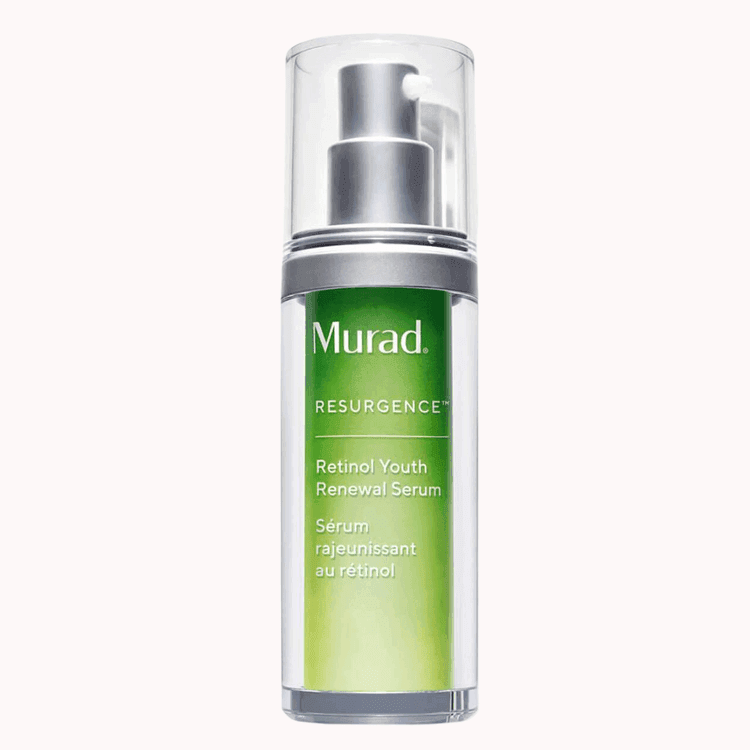
Sunday Riley Luna Sleeping Retinoid Night Oil
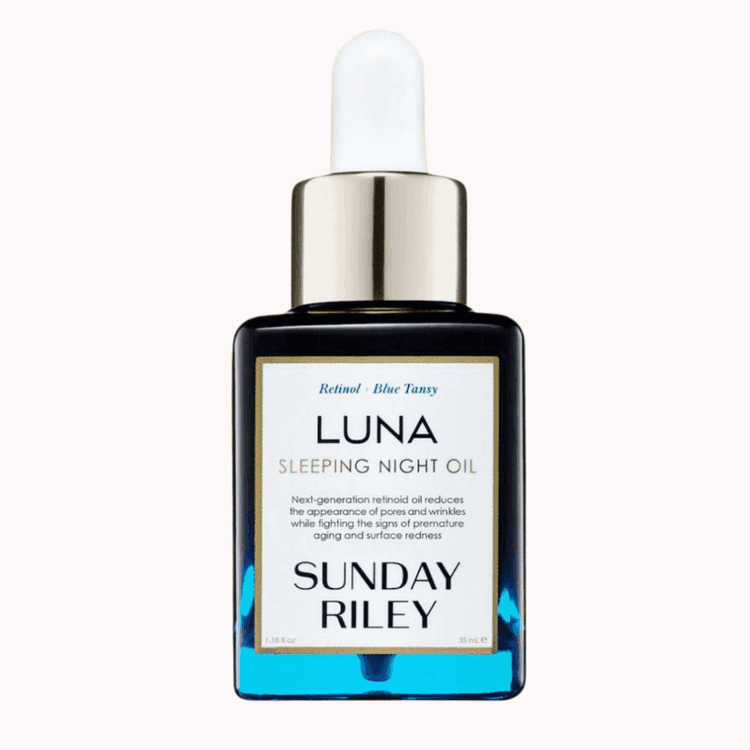
Medik8 Crystal Retinal 3 Serum
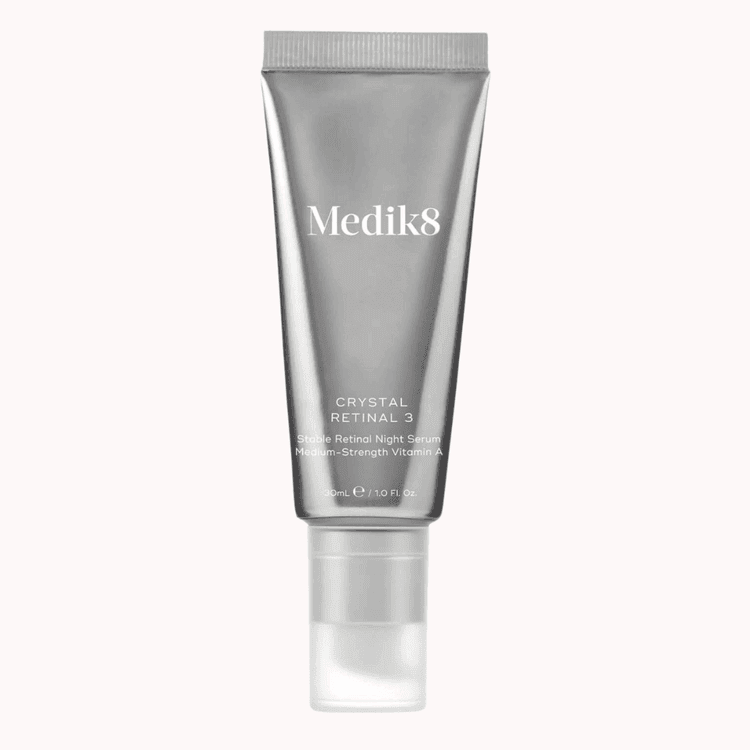
La Roche-Posay Retinol B3 Serum for Sensitive Skin
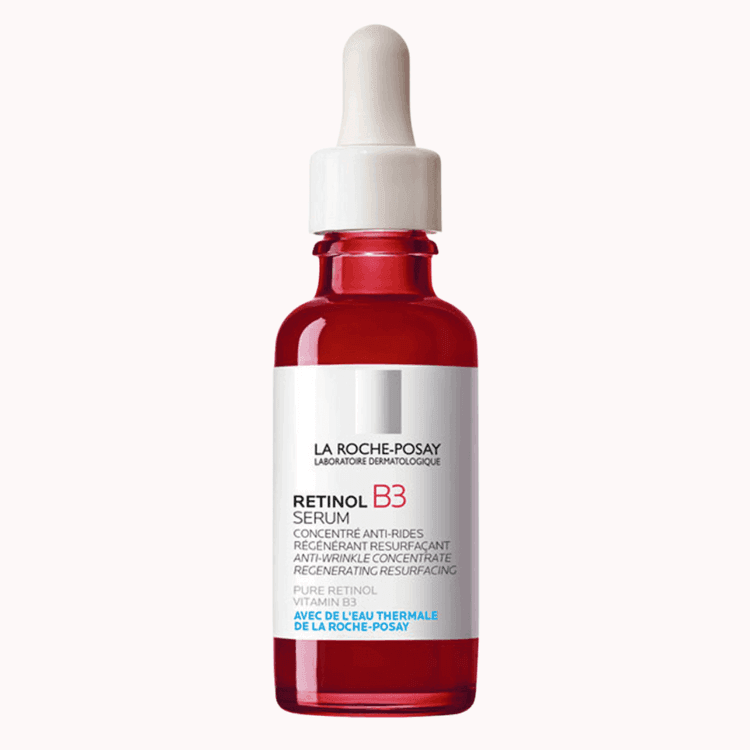
Are There Any Side Effects Of Retinol?
For all its bad-ass benefits, retinol is not completely immune from leaving some people with unwanted side effects.
Irritation, redness and even peeling skin can be common, but less than 10 per cent of people who use retinol may experience these severe side effects:
Skin discolouration
Photosensitivity to UV light
Initial acne flare-up
Eczema flare-up
Swelling of the skin
Blistering and stinging
Consult a dermatologist if you experience skin irritation. Alternatively, you can consult a dermatologist before using retinol products to ensure they’re right for you.
NOTE: Just be aware that retinol should not be used by pregnant or breastfeeding women. Using retinoids and retinol topically can increase vitamin A levels in the body. A fetus may be seriously harmed by this during pregnancy. According to Healthline, “Fetal retinoid syndrome (FRS) is a condition caused by taking retinoids during pregnancy…which can cause physical and mental developmental issues in a baby.”
Can You Use Retinol Everyday?
Using retinol every day may not work for all skin types. This is because it can be drying, which is not good for sensitive skin.
Joshua Zeichner, MD, an associate professor and the director of cosmetic and clinical research at Mount Sinai recommends using retinol every other day for the first two weeks.
Then move to “2 nights on, and 1 night off” if there are no side effects. If your skin continues to respond well after one month, you can likely use it every day.
The time of the day in which you use retinol is an important factor too. Zeichner suggests only using retinol at night before bed, “the evening is a time of rest and repair, and cell turnover is at its peak,” he says.
Step-By-Step Guide On How To Use Retinol
Cleanse your face first and apply eye cream to protect the delicate skin around your eyes.
If you are at the beginning of your retinoid journey, apply a full layer of moisturiser on your face. It will act as a buffer which effectively seals your skin barrier and dilutes the retinoid.
Wait until your face is completely dry (this is important) because retinol absorbs more deeply into damp skin and may cause irritation.
To apply, start at your chin and apply with your fingertips in firm upward and outward motions.
Finish with your moisturiser.
Don’t forget to apply your sunscreen (minimum SPF 30) the morning after!
Save on Pinterest for later?

We’ve explored the world of retinol and uncovered its impressive benefits for your skin.
The retinol benefits we’ve discussed, from reducing fine lines to improving overall skin texture, truly highlight why this ingredient is a powerhouse in skin care.
Remember, harnessing these retinol benefits requires patience and consistency. Start slow, listen to your skin, and always prioritise sun protection when using retinol products.








This has reminded me to look more into using retinol products because they seem to have some really great benefits for the skin. Thanks for sharing!